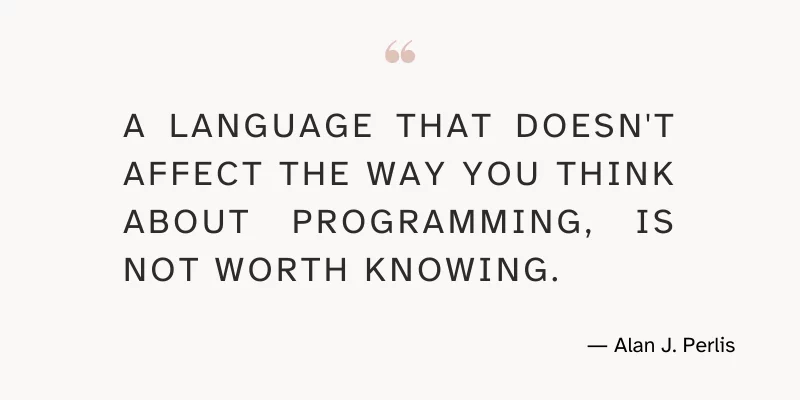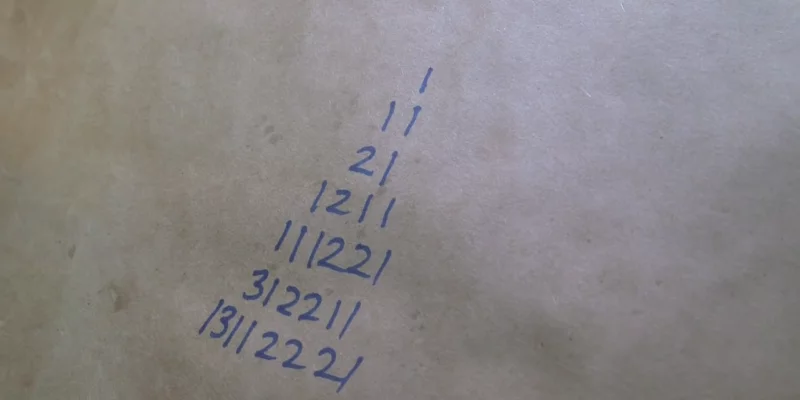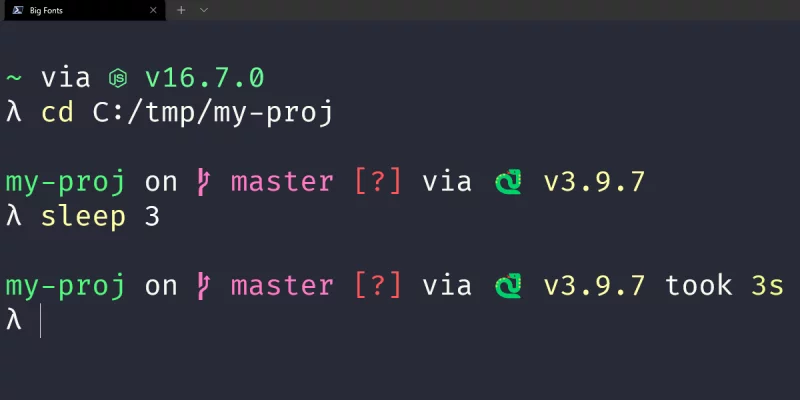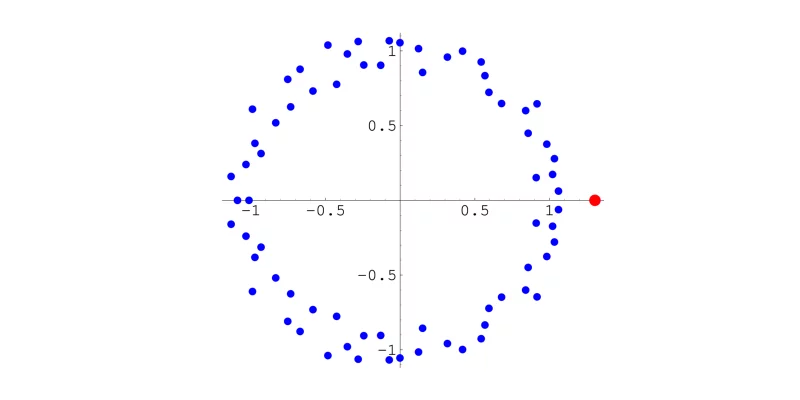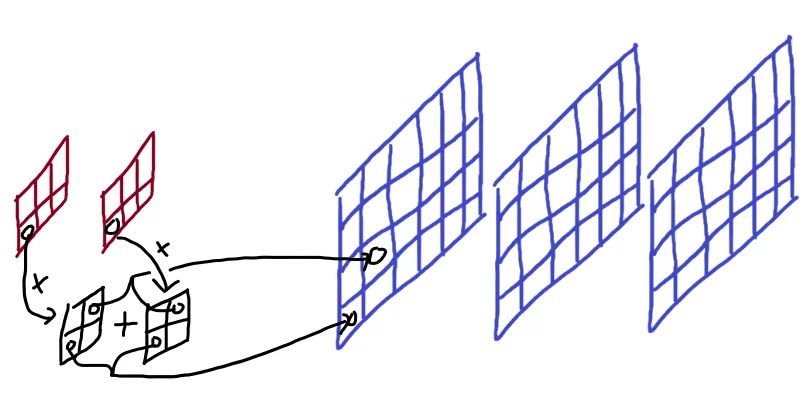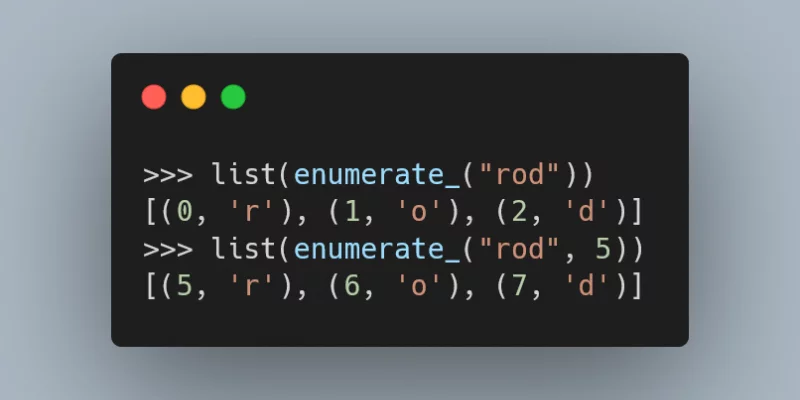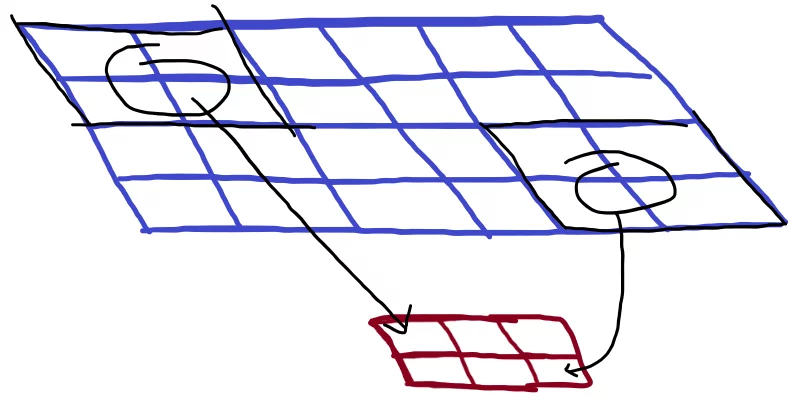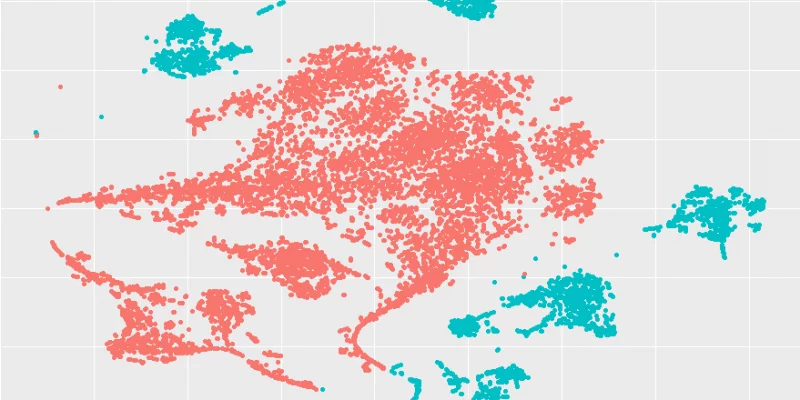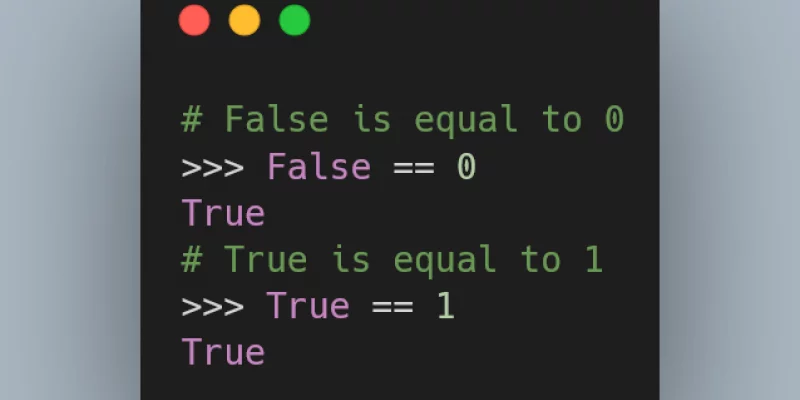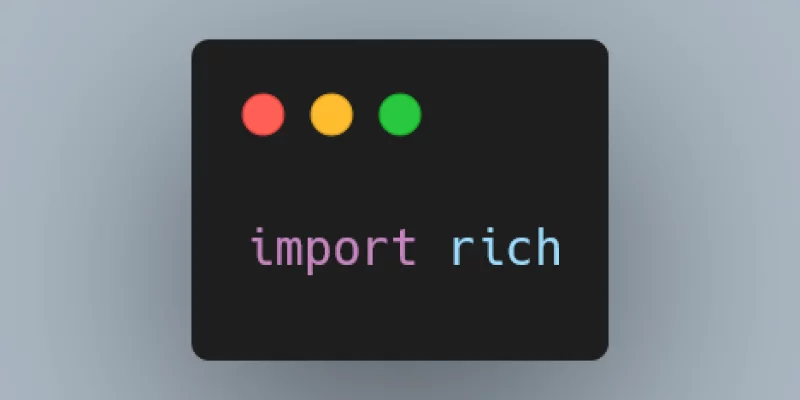Let me show you characteristics of APL that will influence your understanding of programming concepts and the way you use other languages.
We discuss the look-and-say sequence, its behaviour, variations of it, and a Python implementation.
Today I learned how to install the starship cross-shell prompt on Windows for the PowerShell.
Today I learned that the length of the terms of the “look-and-say” sequence has a well-defined growth rate.
Can you find the centre of the circle with just five lines?
Today I learned how to use the function pandas.show_versions to get system diagnostic information.
Today I learned how to run the black Python code formatter as a pre-commit hook on git.
Today I learned about multi-channel transposed convolutions.
In this article we reimplement the built-in enumerate in the best way possible.
Today I learned about the transposed convolution transformation in CNNs.
How many matches does it take to find the winner of a tennis tournament?
Today I learned about t-SNE for dimensionality reduction.
The Zen of Python says “there should be one -- and preferably only one -- obvious way to do it”, but what if there's a dozen obvious ways to do it?
